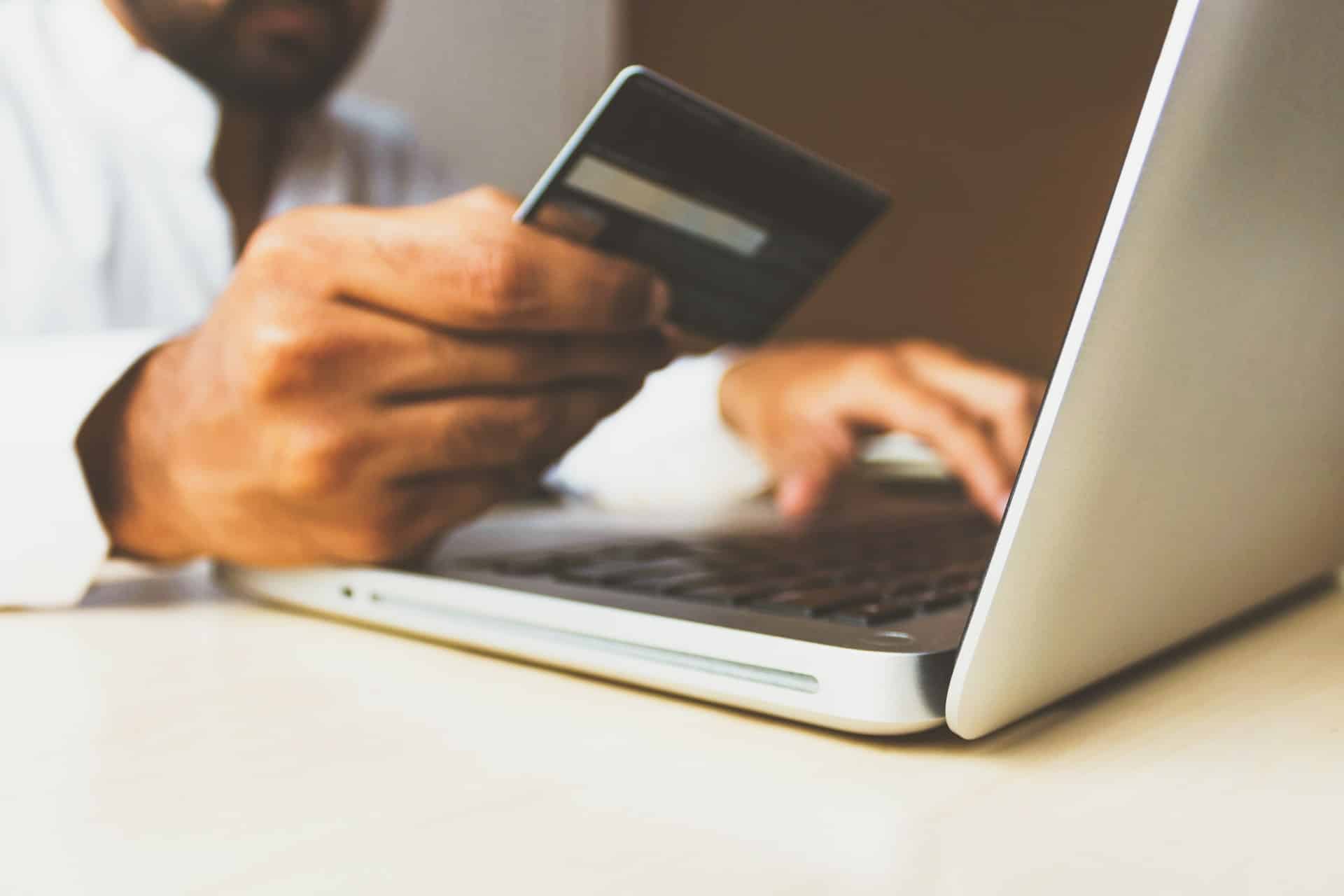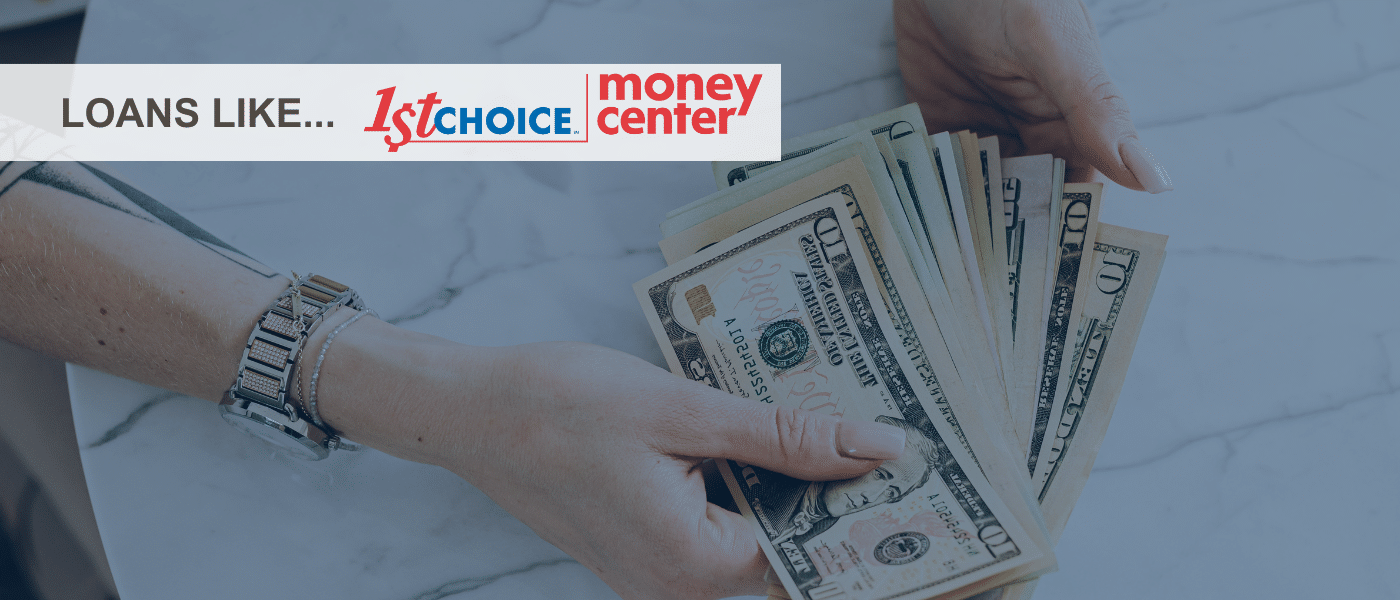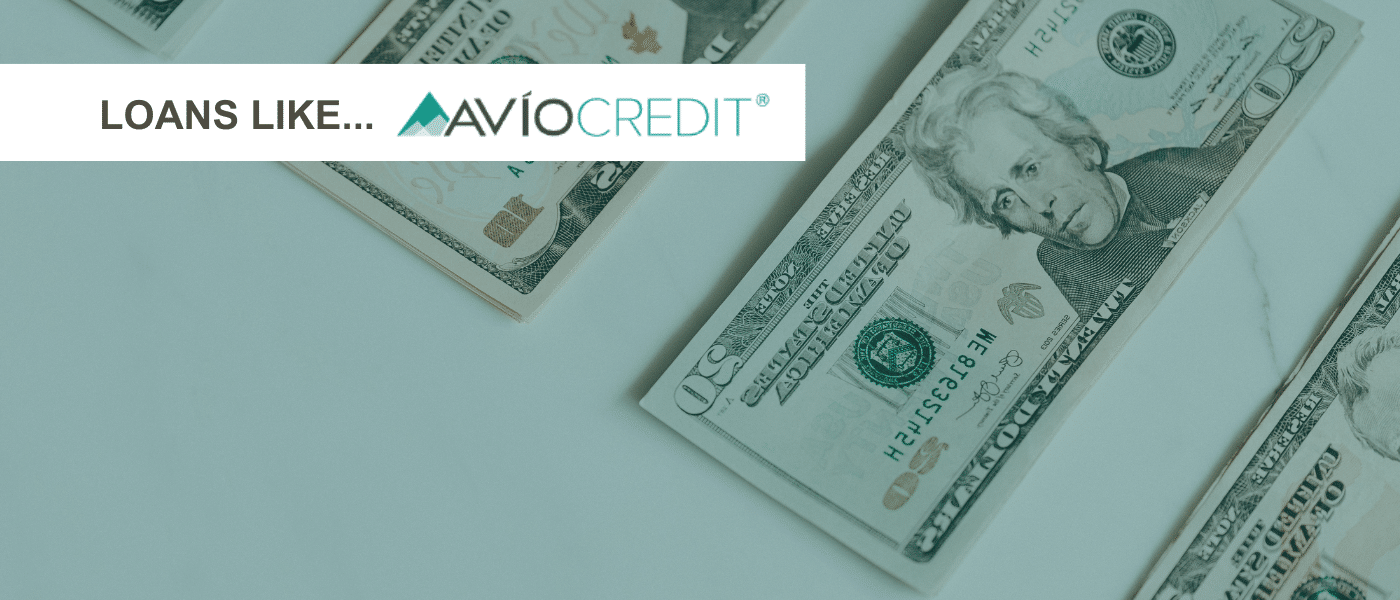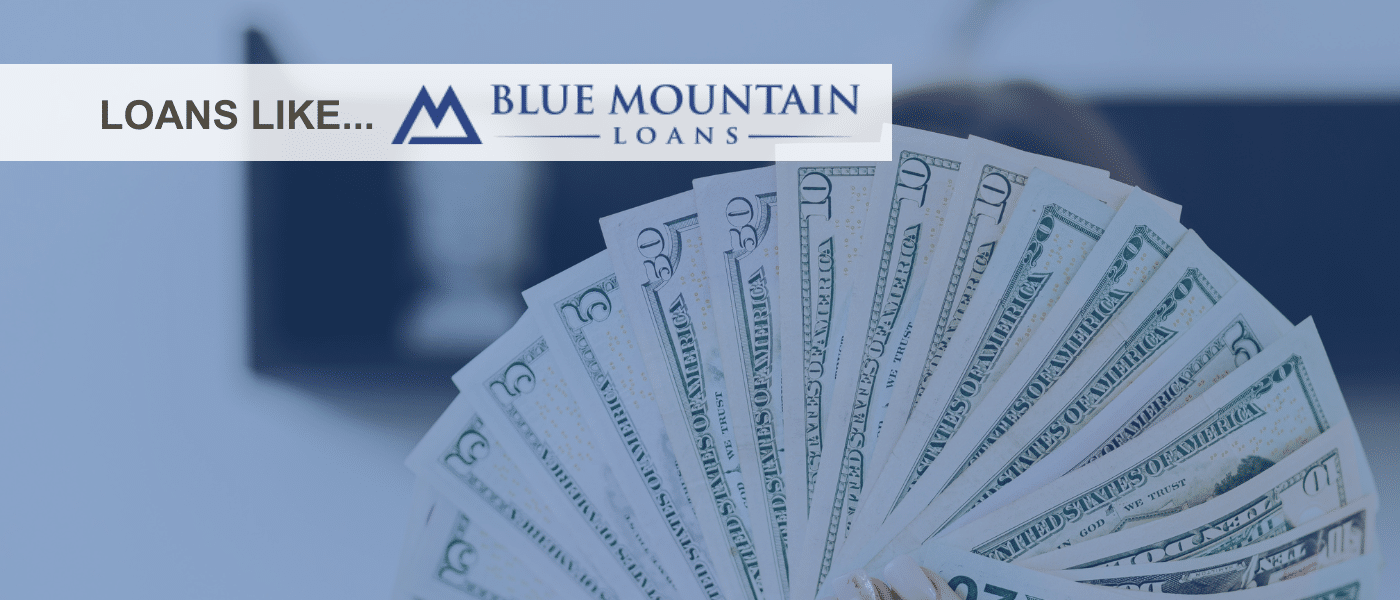You can aggressively pay off credit card debt by using repayment strategies, increasing your income, and prioritizing credit accounts over other types of debt.
We can walk you through the benefits of tackling your credit card debt. Keep reading to learn how to develop good financial habits and how long it takes for credit to improve after paying off debt.
Is It Time to Focus on Credit Card Repayment?
Sometimes, the debt you owe can feel like a burden weighing down your entire life. It can put a damper on all areas of your finances by taking over your monthly expenses with payment on top of payment until you have no extra money left to really enjoy your life. Collectively, Americans owe approximately $986 billion in credit card debt.1 If you feel like you are drowning in debt, you might be ready to take the step necessary to become debt-free.
These are some signs that you may have too much outstanding debt:
| Sign | Description |
| Maxed Out Credit Cards | Your credit cards are consistently at or near their credit limits, indicating over-reliance on credit. |
| Missed Payments | Regularly missing or delaying payments on bills and debts due to insufficient funds. |
| High Debt-to-Income Ratio | A significant portion of your income goes towards paying debts, leaving little for savings or other expenses. |
| Using Debt to Pay for Necessities | Relying on credit cards or loans to cover basic living expenses like groceries or utilities. |
| Declining Credit Score | A dropping credit score due to high credit utilization, missed payments, or accumulating debt. |
| Borrowing to Pay Off Debt | Taking out new loans or using more credit to pay off existing debt, creating a cycle of borrowing. |
| Financial Stress and Anxiety | Experiencing constant worry or stress about finances and the ability to meet debt obligations. |
| Collection Calls and Letters | Receiving frequent communications from creditors or collection agencies regarding overdue payments. |
| No Savings or Emergency Fund | Inability to save money or build an emergency fund due to high debt payments. |
| Denial of New Credit | Being denied for new credit lines or loans because of high existing debt or poor credit history. |
The journey to financial freedom is not an easy one. But if you are willing to put effort into paying down your personal loans and credit card debt, your life is sure to be changed for the better. Some borrowers decide to chip away at their debt slowly or use debt consolidation, while others prefer to approach it full steam ahead.
Why Should You Pay Off Your Highest Interest Debt?
The nature of debt is that it is constantly growing. Unless you are in an introductory period of a brand new credit card, the debt you rack up is continuously getting larger from the interest rate charges on the account. The interest accruing on your credit accounts mean you owe more each month that passes. You are only losing money by holding onto high-interest debt.
Many financial experts suggest keeping your debt balance low for optimal financial health. And for those borrowers who have more debt than they can handle, financial experts suggest paying off debt in its entirety. Debt freedom allows you to start from scratch and improve a bad credit score. Paying off debt, even if not yet dire, will never be a decision you regret.
Credit Card Debt Should Be the First To Go
Credit cards are often the highest interest debt individuals have. In most cases, credit card accounts hold higher interest rates than installment loans, auto loans, and unsecured loans. There are some exceptions to this, such as no credit check loans, which can have similarly high-interest rates. But, in all likelihood, your credit cards have the highest interest rate of all your debt.
For this reason, it is a wise money move to pay off credit card debt quicker than your other debts because it will save you the most money on interest charges. Taking an aggressive approach to your credit card balances might require some short-term sacrifices, but the reward of freedom will be well worth it.
Choose a Debt Repayment Strategy
There are two commonly recommended methods for aggressively paying off all your debts. Rather than relying on debt consolidation, these strategies prioritize which debt balances to pay off first by account size or interest rate. Deciding which method is suitable for you comes down to your priorities and personal preference.
The Debt Snowball
The debt snowball method relies heavily on the psychology of motivation, using the feeling of accomplishment to give you momentum in paying off debt. The debt snowball has to focus on paying the smallest balance first while making minimum payments on your other accounts. By putting all your extra cash towards your lowest balance first, you will likely pay off your first debt quickly, giving you a surge of energy to spur you on.
After paying off that first balance, you move on to the next smallest debt while continuing with the minimum monthly payments on your other credit cards until that one is paid off. You keep repeating this process until every credit card up to the largest balance is taken care of.
The snowball effect comes into play when every time a debt is eliminated, the minimum payment on that account rolls over to the next, causing the debt payments to get bigger as each balance disappears.
The Debt Avalanche
The debt avalanche method focuses on the practical mathematical approach of interest savings rather than your state of mind. The avalanche prioritizes saving money on interest by having you pay off your highest-interest debt first. Eliminating the credit card with the highest interest rate first can bring about significant savings that you might not get with the snowball method.
Maintain the minimum payment on all your other accounts and put every bit of extra money you have towards your highest interest credit card. Once that card has been paid off, move on to the next highest interest debt until every credit card has been paid off.
Like the snowball strategy, every time an account reaches zero balance, the credit card payment gets even more significant on the next card, which gets paid off even quicker, saving you more money on interest.
How to Be Aggressive About Debt Repayment
If you want to eliminate your debt quickly, it is crucial for you to be realistic about the sacrifices you might need to make and the kind of commitment it will require.
Once you have determined your plan of attack, we have some crucial tips for being aggressive in your credit card repayment. How long it will take you to repay your debt depends entirely on how much money you owe, but these tips can significantly reduce the time it takes. Take advantage of our free debt calculator to determine a repayment plan.
Save Money for a Safety Net
The most practical way to ensure your debt elimination won’t be derailed is to have an emergency fund ready. Life is never predictable, and you can’t predict when the next unexpected expense might hit you.
If you are in the middle of paying off debt, an unanticipated emergency can be a significant setback. It could force you to redirect money from extra payments or even cause you to use your credit cards again. Having an emergency fund ready to take care of any financial bumps in the road will ensure you can stay on track with repayment.
Immediately Stop Using Credit
Stop using all your credit cards immediately. You will only be working against yourself if you continue racking up debt as you are trying to pay off balances. Cut them up or freeze them in a block of ice if you need to remove the temptation. Keep one with the most available credit or lowest interest intact in case of emergencies.
Negotiate With Your Creditors
Suppose your debt situation is pretty dire, and you are even considering bankruptcy. In that case, you should reach out to your creditors directly and see if they are willing to negotiate on repayment. Some creditors are willing to renegotiate the balance to be paid if a borrower has limited options and is thinking about bankruptcy.
A creditor would often rather work with you to get a majority of the debt paid than have the balance discharged. This might seem intimidating, and not all creditors will be amenable, but it is worth a shot if your situation is dire enough.
Switch to a Needs-Based Budget
Cut back on any and every unnecessary expense you have in your budget. Focusing on your needs and eliminating the wants from your monthly expenses, even temporarily, could shave a few months off your debt payment timeline.
Cancel non-essential subscriptions and streaming services. Stop eating out or ordering delivery. Do a detox from online shopping. Put every dime you save on those expenses towards your credit card payments.
Round-up Minimum Payments
If you are using the snowball or avalanche approach, rounding up your minimum payment to the nearest five dollars or ten dollars should not make too big of a difference in how much you can put towards that smallest or highest-interest balance. But it will make a massive difference in the balance of all the other accounts when you get to them.
By simply putting an extra few bucks towards each monthly payment, you can cut down how much you need to pay in interest and the total balance, minimizing the time it will take you to eliminate it.
Increase Your Income
Having a steady income that is reliable and consistent is vital to eliminating debt quickly. You can add on to that income for the sole purpose of paying off your credit cards and loans even faster.
If you can sacrifice a couple of hours a week to drive for Lyft or work some overtime, additional resources could allow you to pay off your credit cards faster than you thought possible. Even if you don’t have the ability to take on a side hustle right now, you’d be surprised how much money you can bring in from simply selling your lightly-used clothes online.
Put Windfalls Towards Debt
Suppose you’re struck by a financial windfall. You’ve just been awarded a major bonus for the hard work you put in at your job, or you’ve just received the tax refund of your dreams. It is incredibly tempting to use that cash to treat yourself. But if you are serious about aggressively tackling your debt, that money should be used to pay your credit card balances.
Embracing the Debt-Free Life
While you may aim to pay off your credit card in full, there’s still more work to be done afterward. It is essential to rebuild your credit score and learn how to use credit responsibly moving forward. What you once thought was an average credit card balance is perhaps something that led to your debt becoming unmanageable in the first place.
If you decide to begin using credit cards again after paying off your debt, we advise you to keep your credit utilization as low as you can. Paying off your credit card balance in full every month will save you a significant amount of money on interest and ensure that you never end up deep in debt again.
It can be hard to visualize a life without the stress of unmanageable debt when you are struggling financially. But with commitment and hard work, it is not insurmountable. Equipping yourself with educational and debt-management resources is the first step in attaining freedom in your financial life.
Once you are debt-free, a whole new world of opportunity presents itself to you. Every dime that you earn can now be used for travel, passion projects, college funds, and retirement. When you are no longer weighed down by debt, that is just the beginning of wealth building.
FAQs About Paying Off Debt
While a balance transfer credit card can be a great tool to lower your interest rate, it’s important to be aware of potential transfer fees and the expiration of the introductory rate. Make sure you have a plan to pay off the credit card debt before the standard interest rate kicks in.
Consolidating your debts into a single loan can initially dip your credit score a bit due to the hard inquiry from the lender. However, it can improve over time as you make consistent payments and reduce your overall debt.
Paying more than the minimum payments can save you money on interest and speed up debt payoff. The debt snowball method suggests focusing extra money on one debt at a time for quicker wins, which can be very motivating.
Personal loans often have lower interest rates compared to credit cards, making them a good option for consolidating high-interest debt. Just be sure to compare the terms and ensure the consolidation actually saves you money.
Putting any extra money, such as tax refunds or bonuses, towards your credit card debt can significantly reduce your balance and interest payments. It’s a smart way to use unexpected funds to get ahead in your debt payoff plan.
Before applying for a debt consolidation loan, assess the interest rate, fees, loan term, and monthly payment. Ensure that the consolidation will actually reduce your overall payment and help you pay off debt faster.
If multiple debts have similarly high interest rates, consider starting with the smallest balance to gain momentum (debt snowball method) or the one with the highest rate (debt avalanche method). The key is to choose a strategy that keeps you motivated.
Aggressively paying off debt can sometimes mean sacrificing short-term savings or spending. Ensure you maintain a balance that doesn’t leave you financially vulnerable, especially in case of emergencies.
Debt Relief With CreditNinja
CreditNinja is an online personal loan provider that assists people struggling with unexpected bills and expenses. If you are looking for a personal loan, consider applying with us! CreditNinja offers competitive rates, flexible repayment plans, and quality customer service. Inquire online to see how much you may qualify to get.
References:






